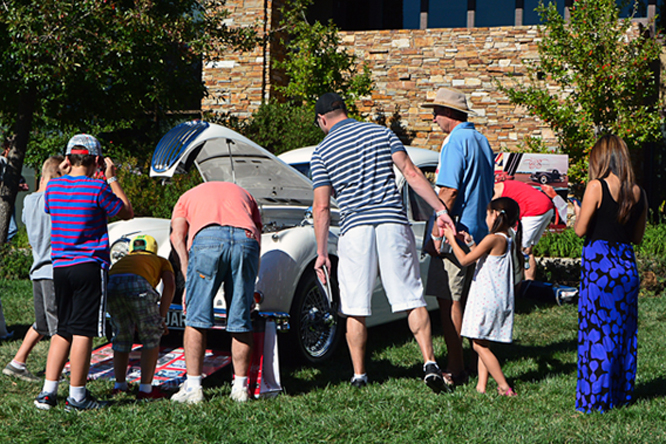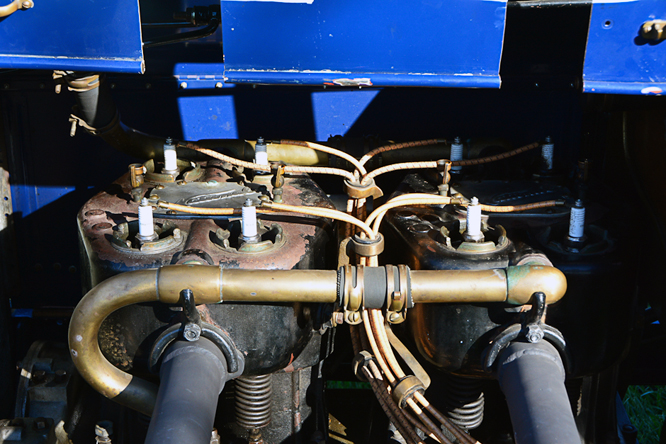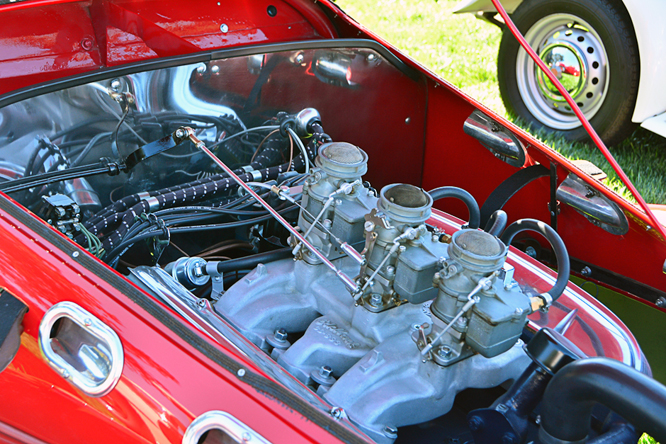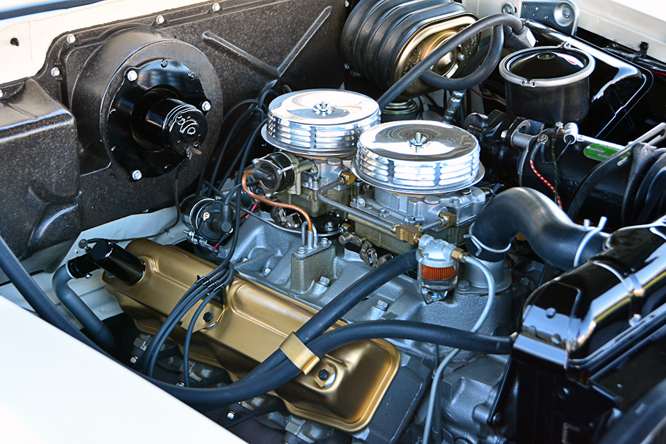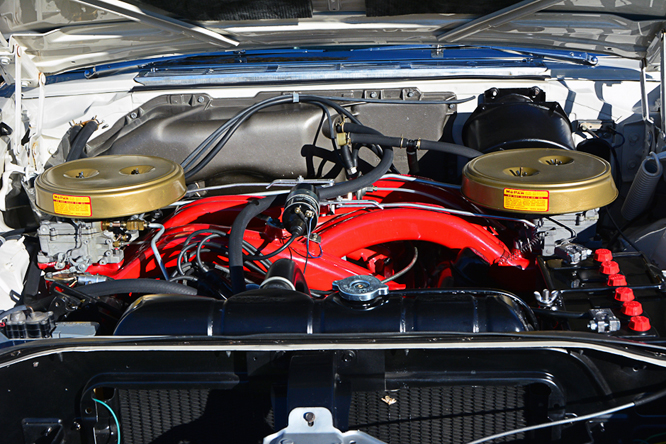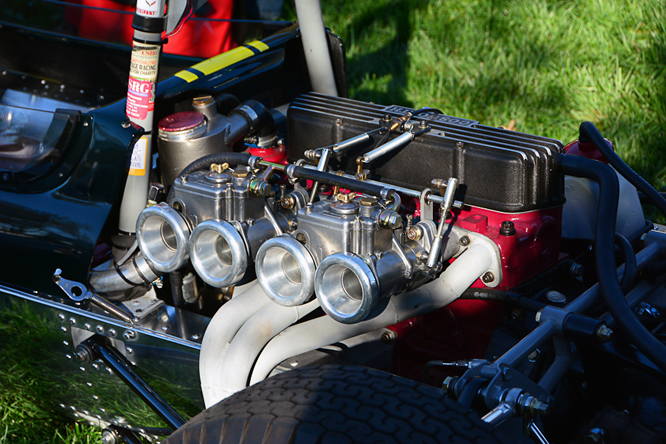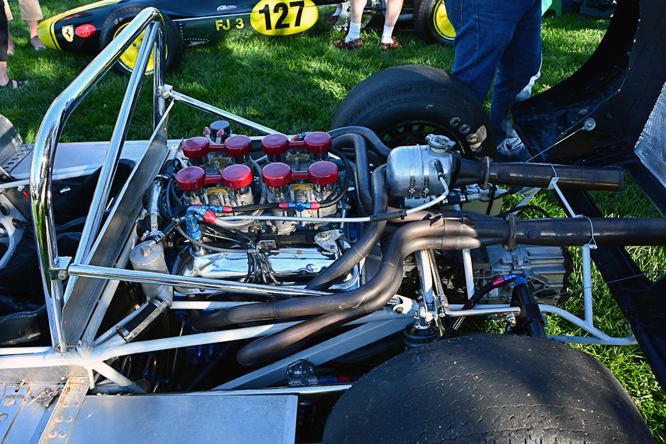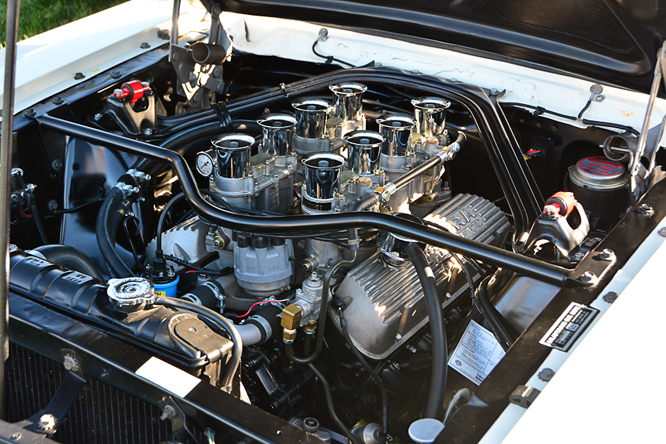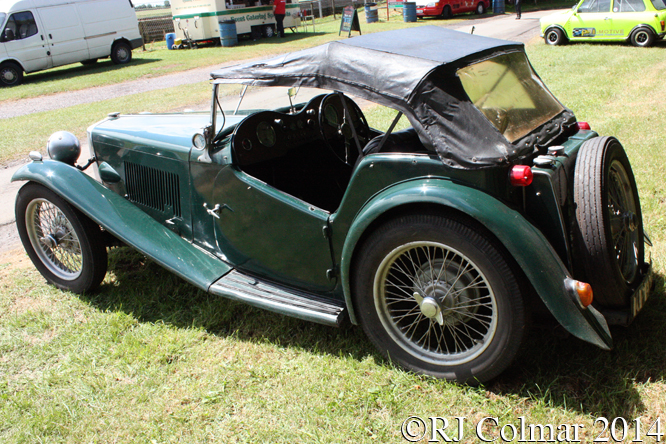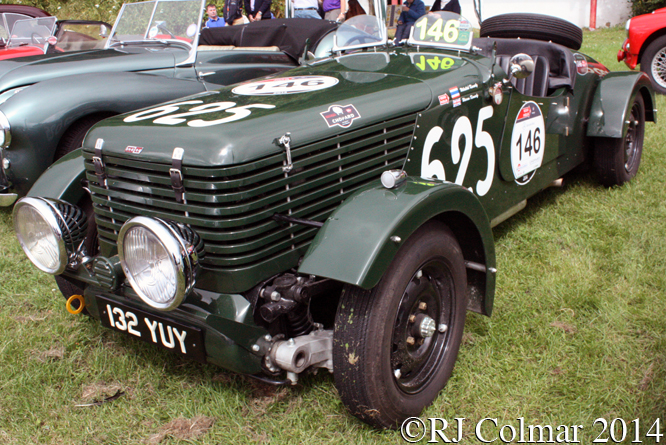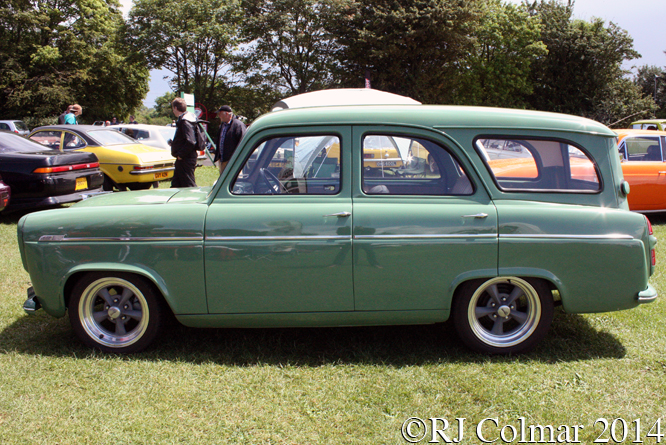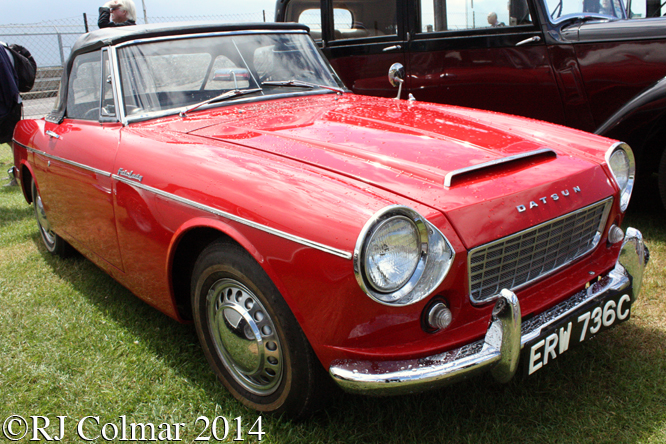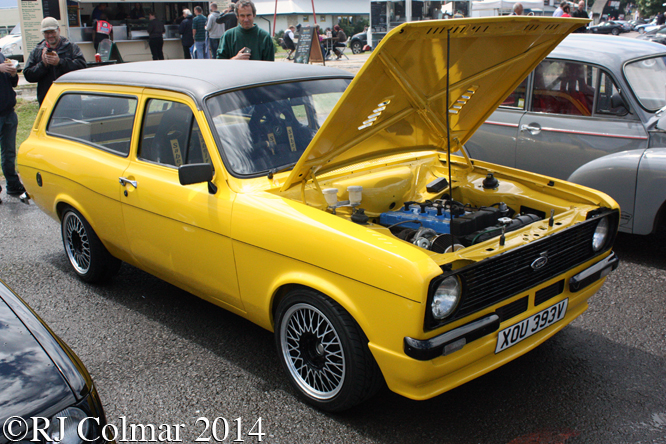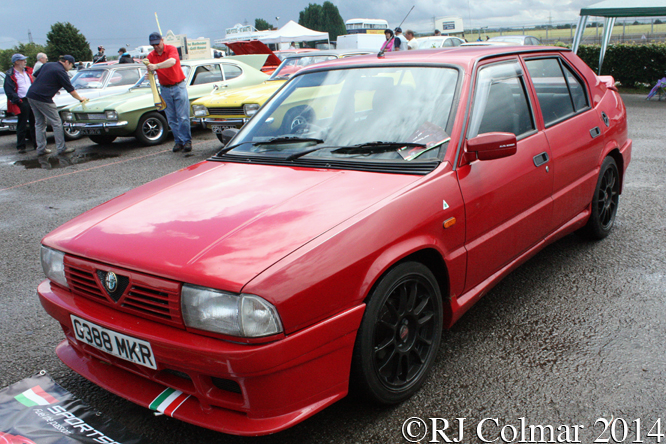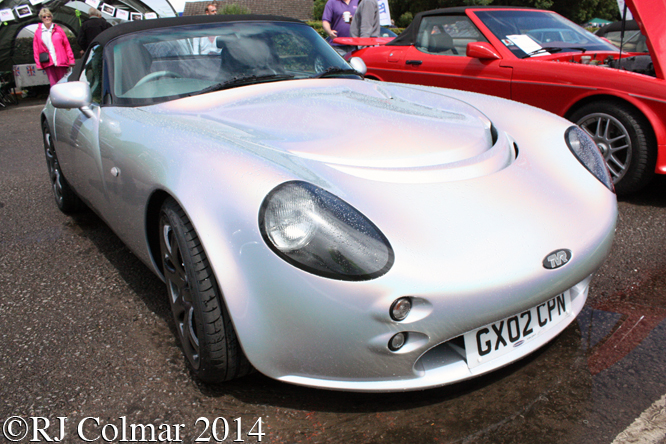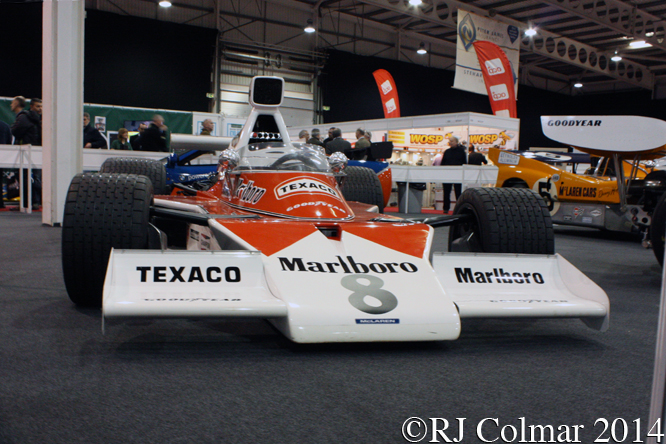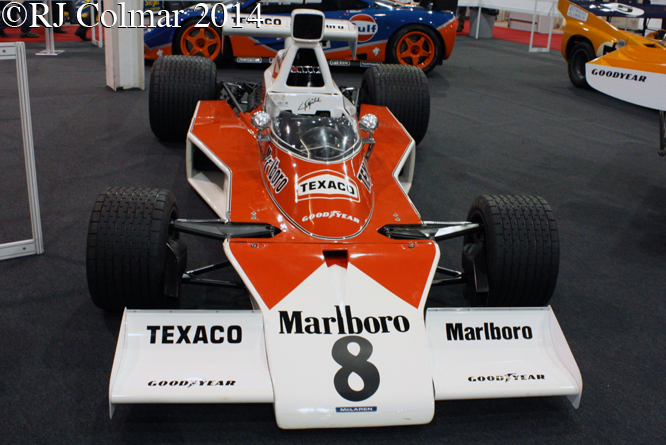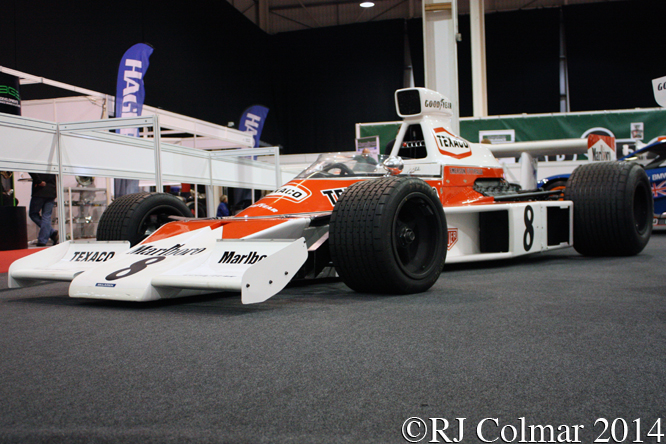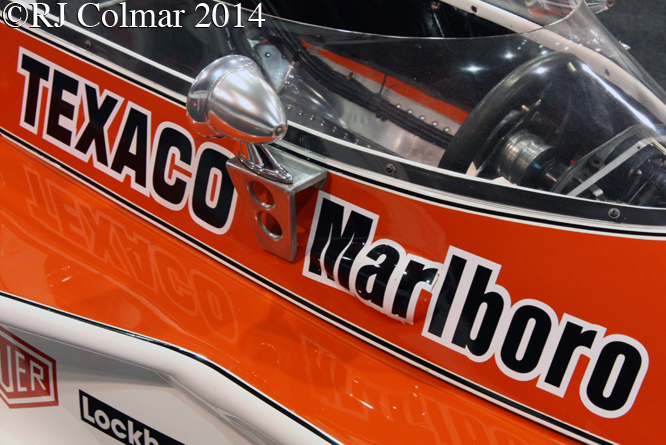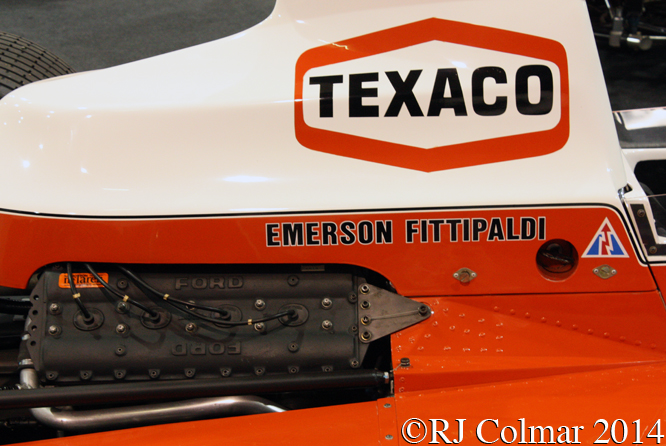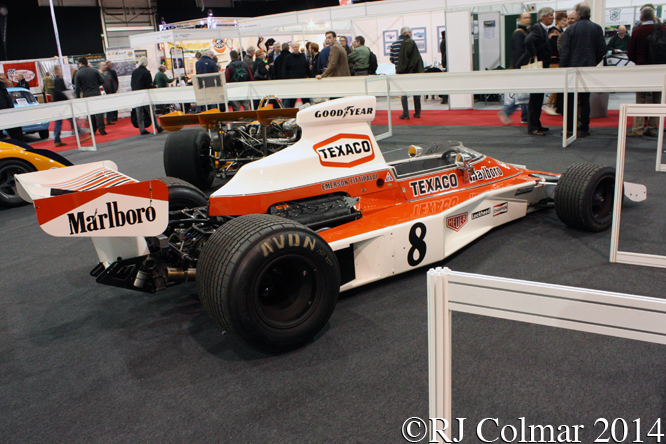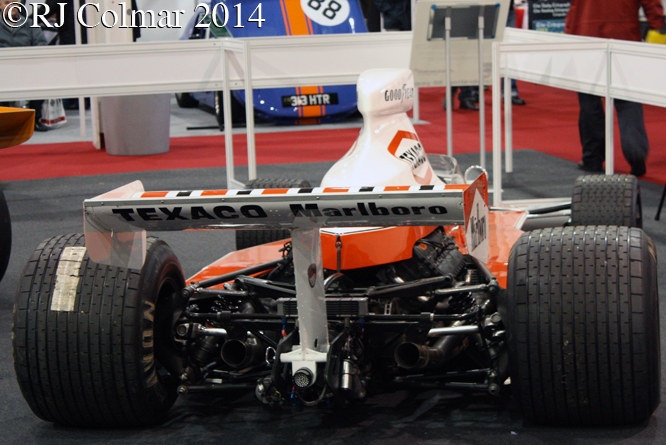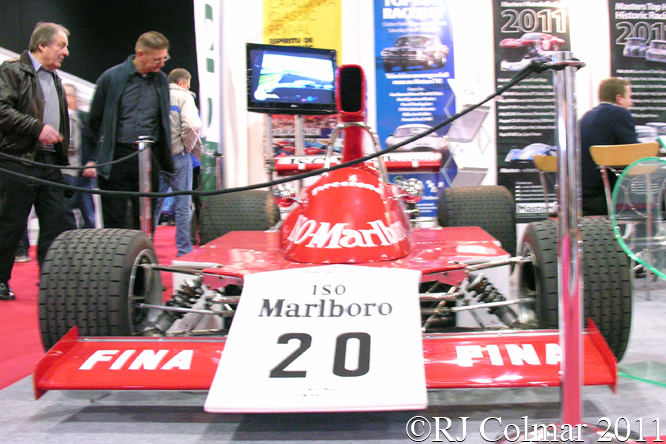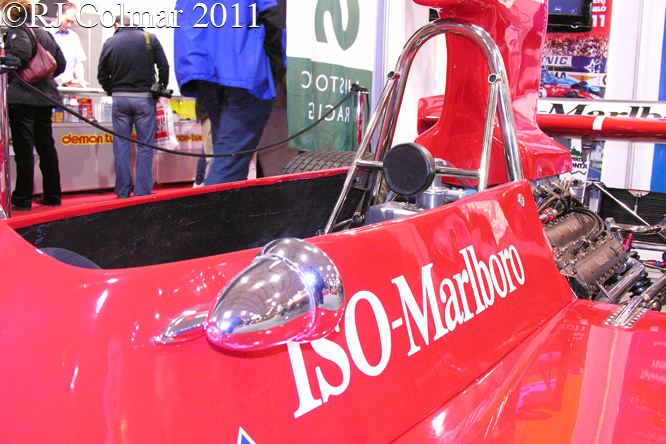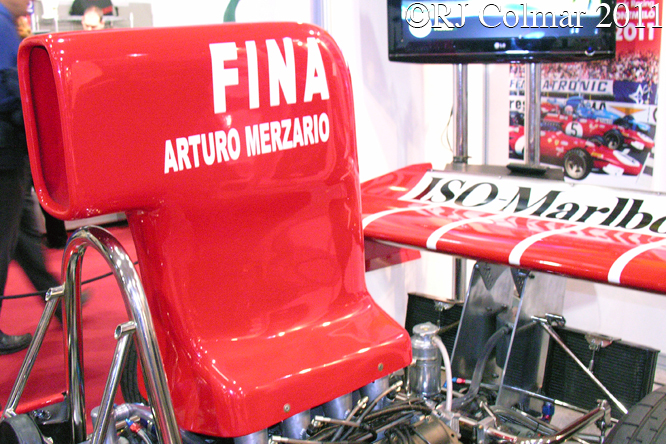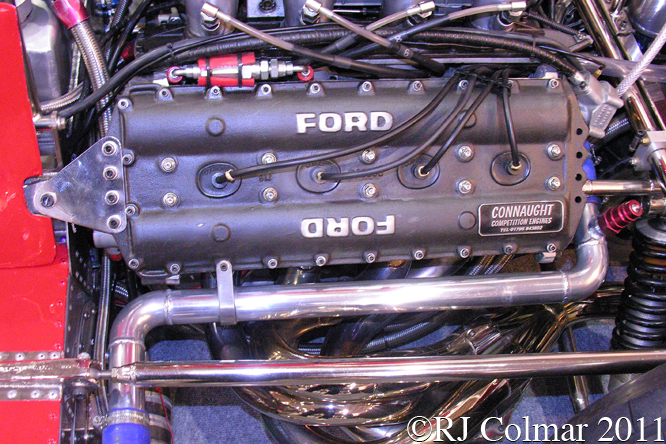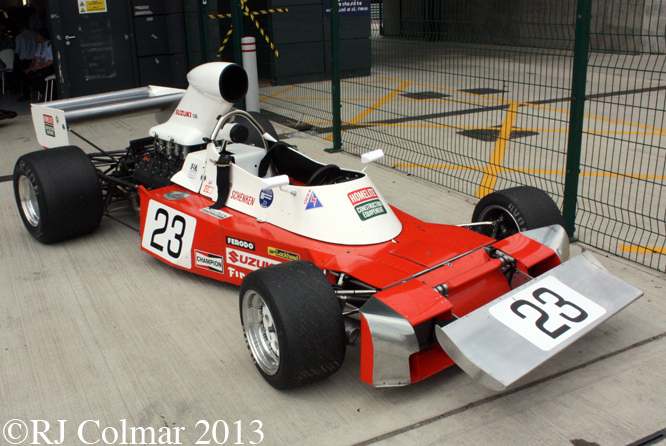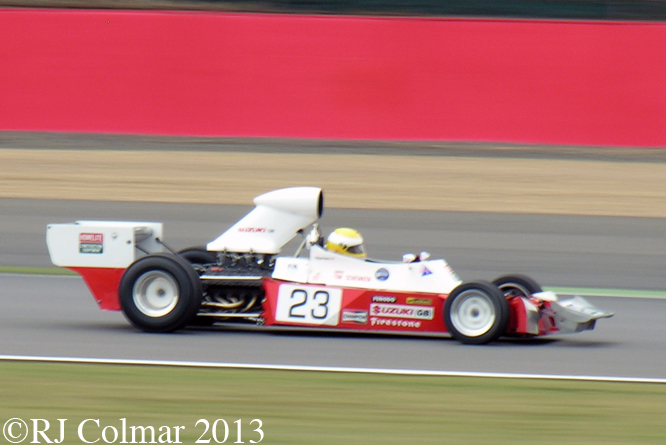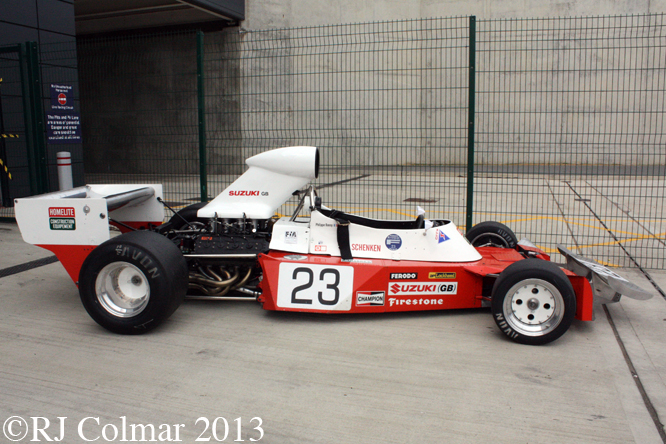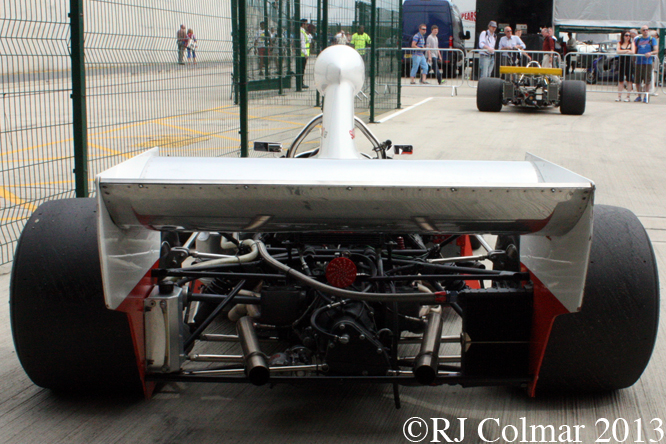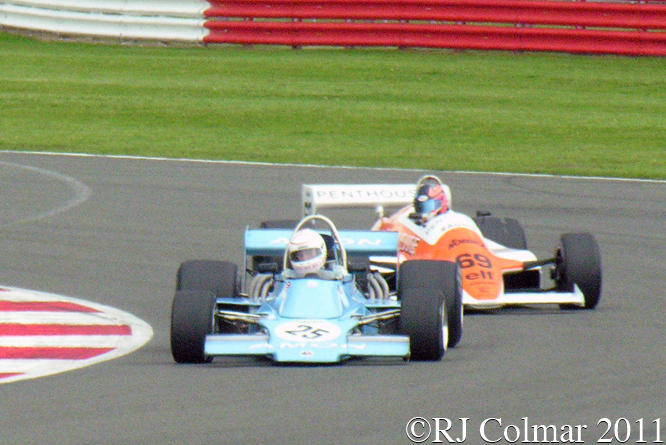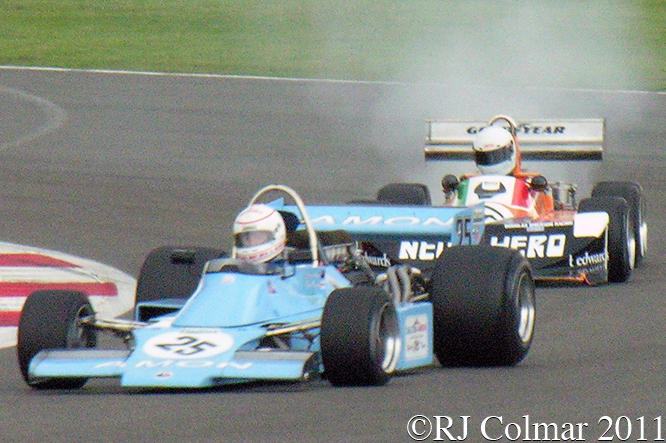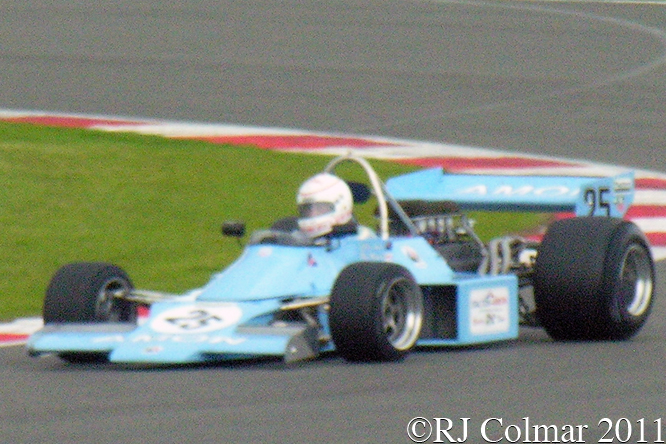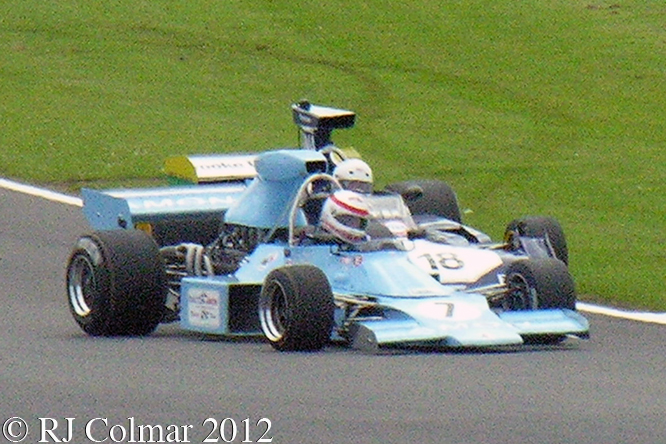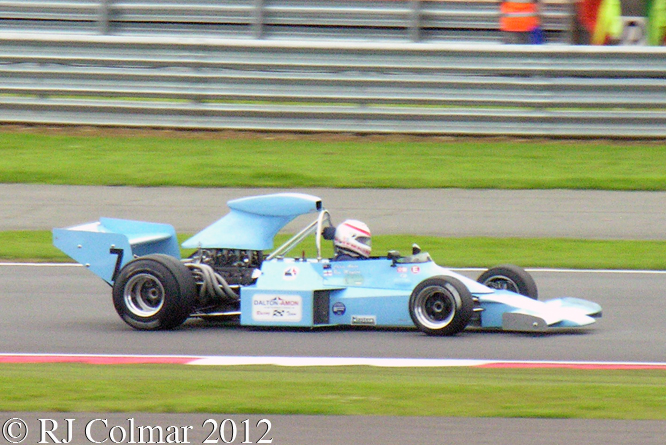When the Maki F101 was announced in 1974 my first reactions were similar to the announcement of the Eifelland two years earlier, such unfettered enthusiasm for something so different from anything else of course does not always pay dividends as Lotus were two find out with their ultra thin Lotus 76 in the same year.
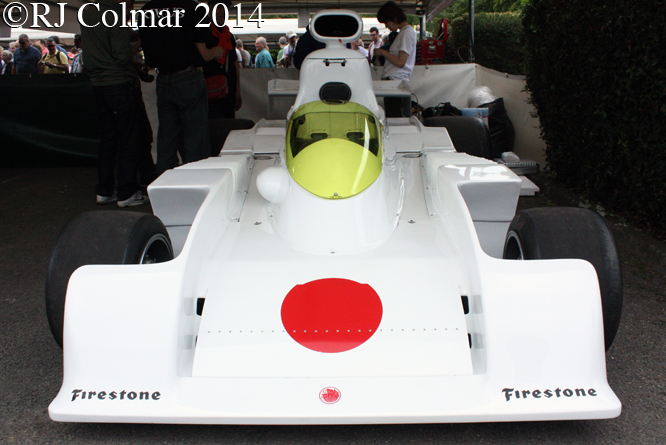
The Maki project was founded by Kenji Mimura who is credited with designing the Ford Cosworth DFV powered car with Masao Ono. The details of some of the features are at once both like something out of a Magna Comic and extremely futuristic, bearing in mind that this was a time when the biggest selling road cars like the Ford Cortina and Morris Marina were little more than 3 boxes with wheels on.
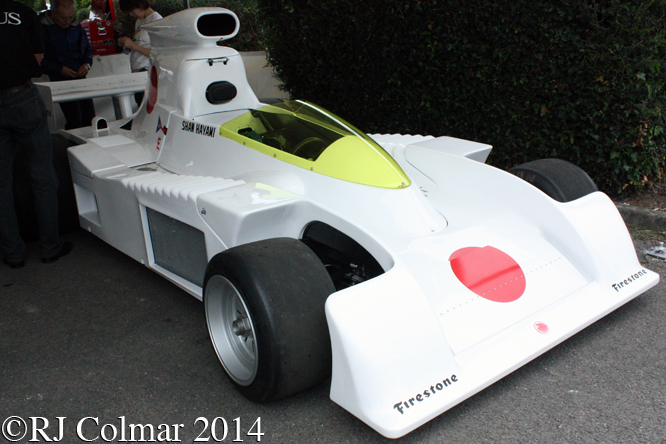
By the time the F101 now in B Spec made it’s dedut with Howden Ganley driving at the 1974 British Grand Prix it had already shed it’s unique body work for something rather more conservative.
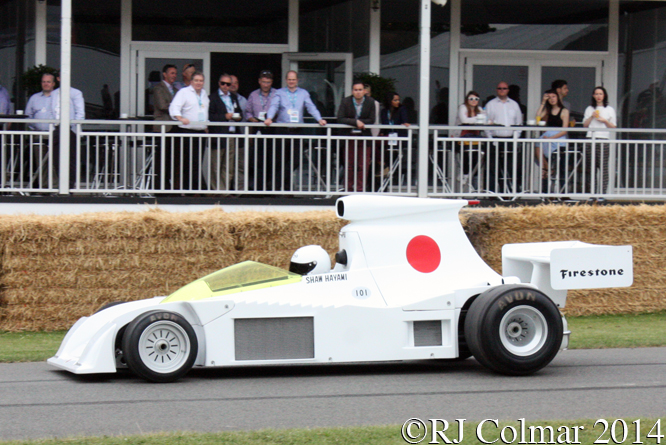
Howden, seen at the wheel above during at the Gooodwood Festival of Speed, while not driving the slowest car in practice failed to qualify for the British Grand Prix.
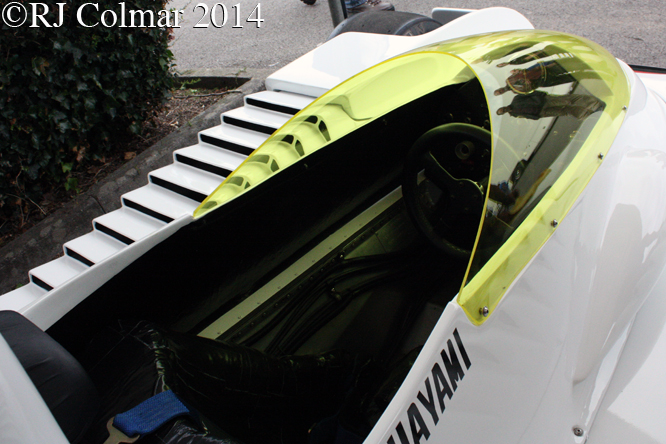
At the German Grand Prix disaster struck when the during the first day of practice the rear suspension failed sending Howden into the crash barriers which ripped the front of the car off.
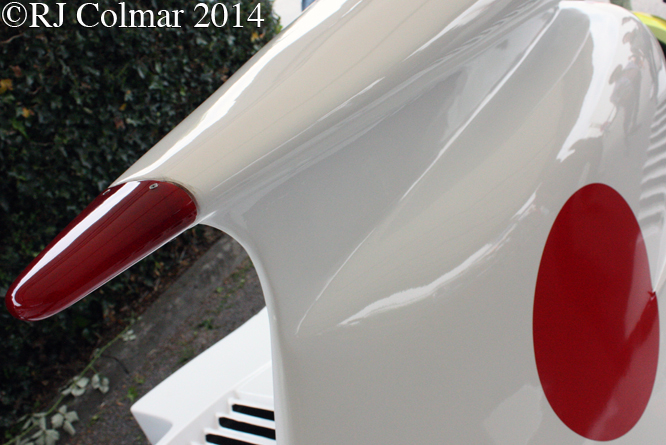
Amazingly Howden stepped out of the wreckage unaided but his ankles were seriously damaged and this was to be the end of his Formula One career.
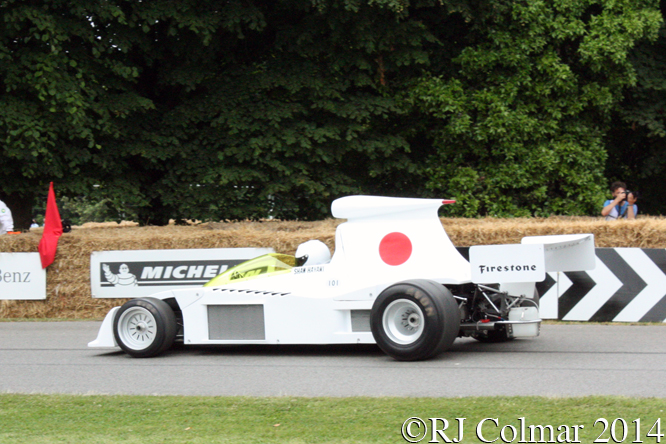
The Maki F101 did not appear again in 1974 but a C variant did appear with a new chassis in 1975, the story of which will have to wait for a future edition.
Howden Ganley recovered from his injuries and went on to found a successful racing car manufacturer with fellow F1 refugee Tim Schenken called Tiga.
Thanks for joining me on this “Magna Detailing” edition of “Gettin’ a li’l psycho on tyres” I hope you will join me again tomorrow. Don’t forget to come back now !


